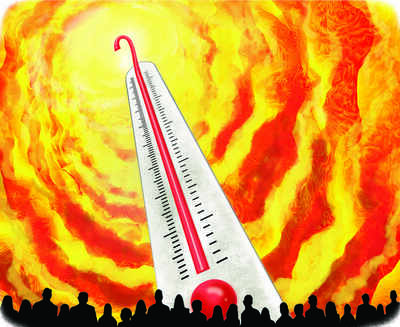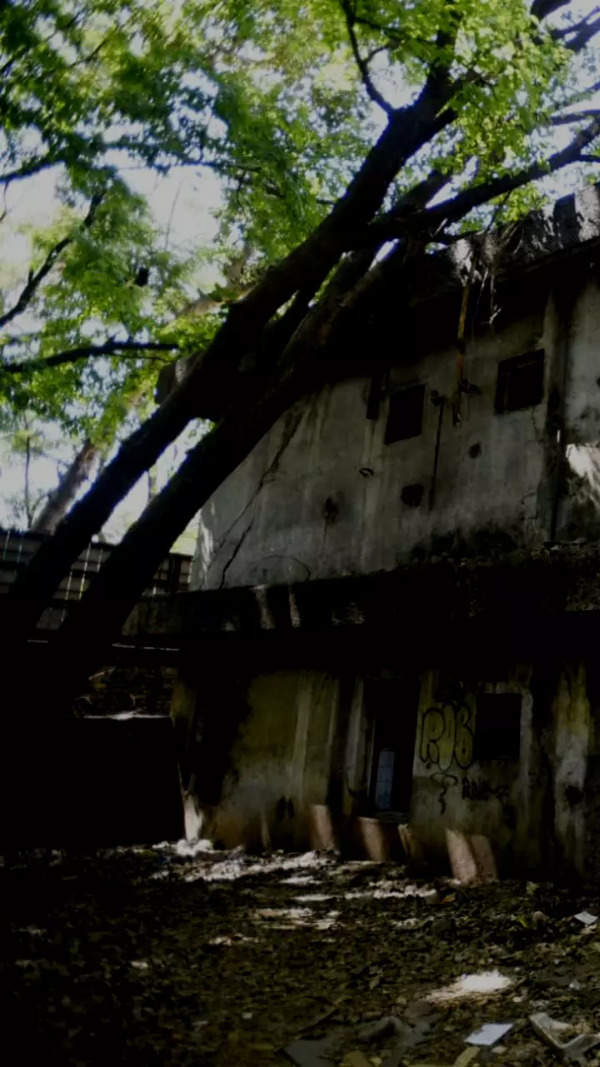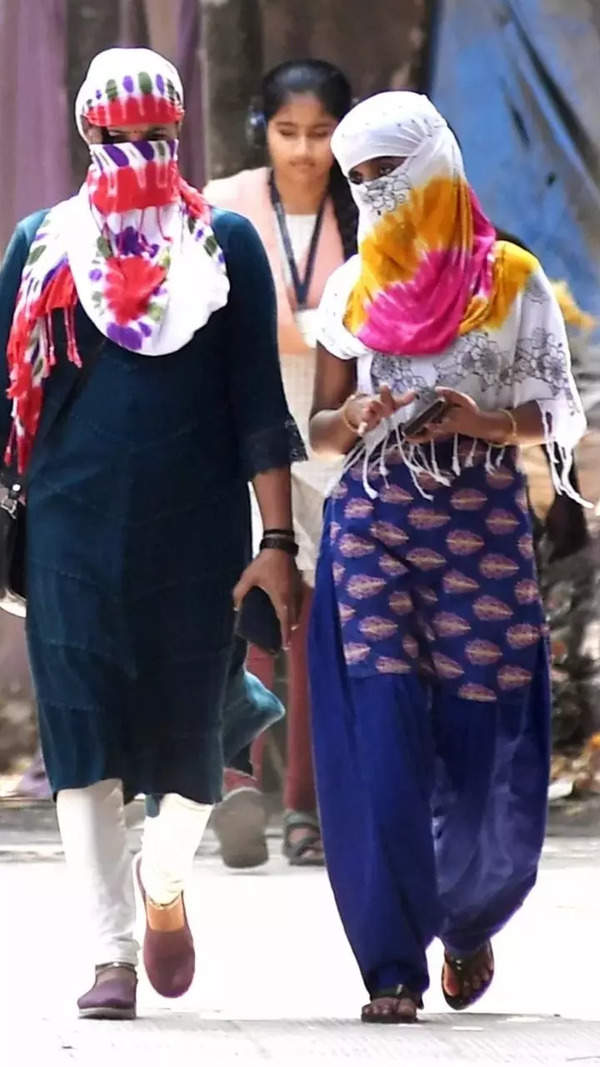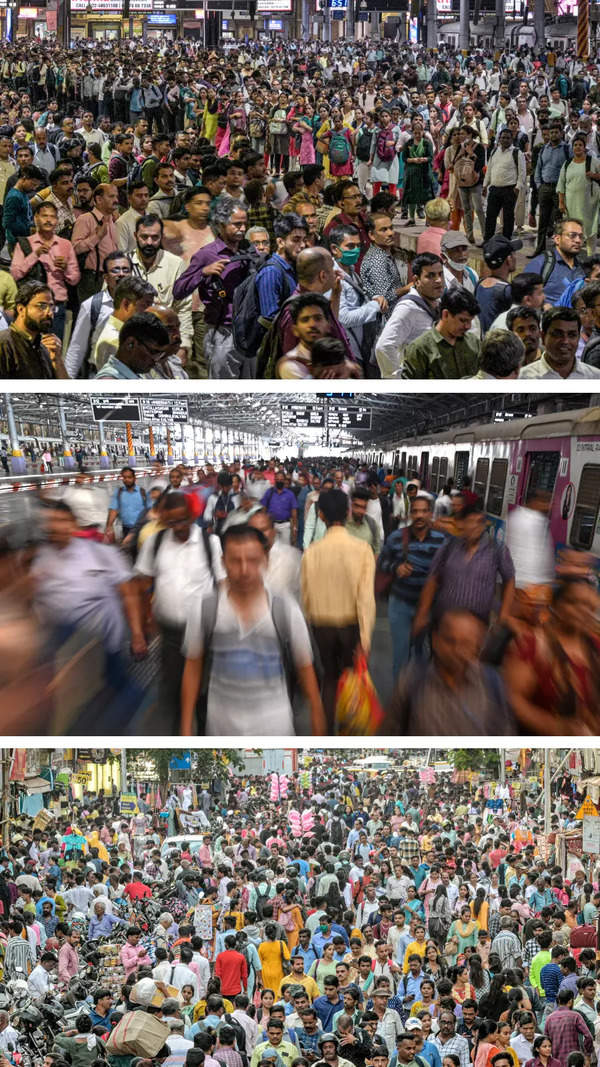- News
- City News
- nagpur News
- Dreaded Nagpur summer to be short-lived this yr
Trending Topics
Dreaded Nagpur summer to be short-lived this yr

Nagpur: In April, the city saw maximum temperatures in the range of 34 to 36 degrees Celsius, with it being around 32 degrees so far in May.
With maximum temperature of 25.9 degrees and minimum of 18.9 recorded on April 30, it was the coolest summer since 1969, shows data from the Regional Meteorological Department (RMD).
It was 45.2 degrees on the same day last year, and a record high of 47.2 degrees was seen in 2009 on this day.
As much as 80mm rain was recorded in Nagpur last month, which is next only to the 112mm seen 86 years ago in 1937, says the RMD data.
Now, as the clouds are expected to clear in next three to four days, the temperature may rise. Yet, the dreaded Nagpur summer is not expected to last long this year, said RMD sources. The temperature is expected to increase gradually in the coming days, even touching 40 degrees and above.
However, there may be a very small window for high temperature days. There is a likelihood that the typical summer heat may only last for 15 to 20 days, as by that time it would be June. Normally, the monsoons are expected by June 10 in the region. The forecast for the monsoon would be released on May 15.
Even if the monsoons are delayed this year, there are chances that the days of high temperature may not stretch beyond 15-20 days. The temperature naturally goes down after the first week of June, said Pravin Kumar, scientist, RMD office.
The temperature has been more or less at the monsoon level in all of Vidarbha region and other parts of central India. There is a likelihood of some sweaty days due to the humidity and temperature rise both, said Kumar.
Amid record rains, the average storage in dams of the region has been marginally lower. The average level in the large dams of Nagpur division is at 44% while it was 46% in the same period last year.
However, Kamptee Khairi reservoir, which is fed by Totladoh dam on the Pench river, and finally supplies water to the city, has 78% of water.
Last year, it was at 45% capacity. In Amravati division the large dams have 40% storage as against 43% last year.
With maximum temperature of 25.9 degrees and minimum of 18.9 recorded on April 30, it was the coolest summer since 1969, shows data from the Regional Meteorological Department (RMD).
It was 45.2 degrees on the same day last year, and a record high of 47.2 degrees was seen in 2009 on this day.
As much as 80mm rain was recorded in Nagpur last month, which is next only to the 112mm seen 86 years ago in 1937, says the RMD data.
Now, as the clouds are expected to clear in next three to four days, the temperature may rise. Yet, the dreaded Nagpur summer is not expected to last long this year, said RMD sources. The temperature is expected to increase gradually in the coming days, even touching 40 degrees and above.
However, there may be a very small window for high temperature days. There is a likelihood that the typical summer heat may only last for 15 to 20 days, as by that time it would be June. Normally, the monsoons are expected by June 10 in the region. The forecast for the monsoon would be released on May 15.
Even if the monsoons are delayed this year, there are chances that the days of high temperature may not stretch beyond 15-20 days. The temperature naturally goes down after the first week of June, said Pravin Kumar, scientist, RMD office.
The temperature has been more or less at the monsoon level in all of Vidarbha region and other parts of central India. There is a likelihood of some sweaty days due to the humidity and temperature rise both, said Kumar.
Amid record rains, the average storage in dams of the region has been marginally lower. The average level in the large dams of Nagpur division is at 44% while it was 46% in the same period last year.
However, Kamptee Khairi reservoir, which is fed by Totladoh dam on the Pench river, and finally supplies water to the city, has 78% of water.
Last year, it was at 45% capacity. In Amravati division the large dams have 40% storage as against 43% last year.
Start a Conversation
FOLLOW US ON SOCIAL MEDIA
FacebookTwitterInstagramKOO APPYOUTUBE










